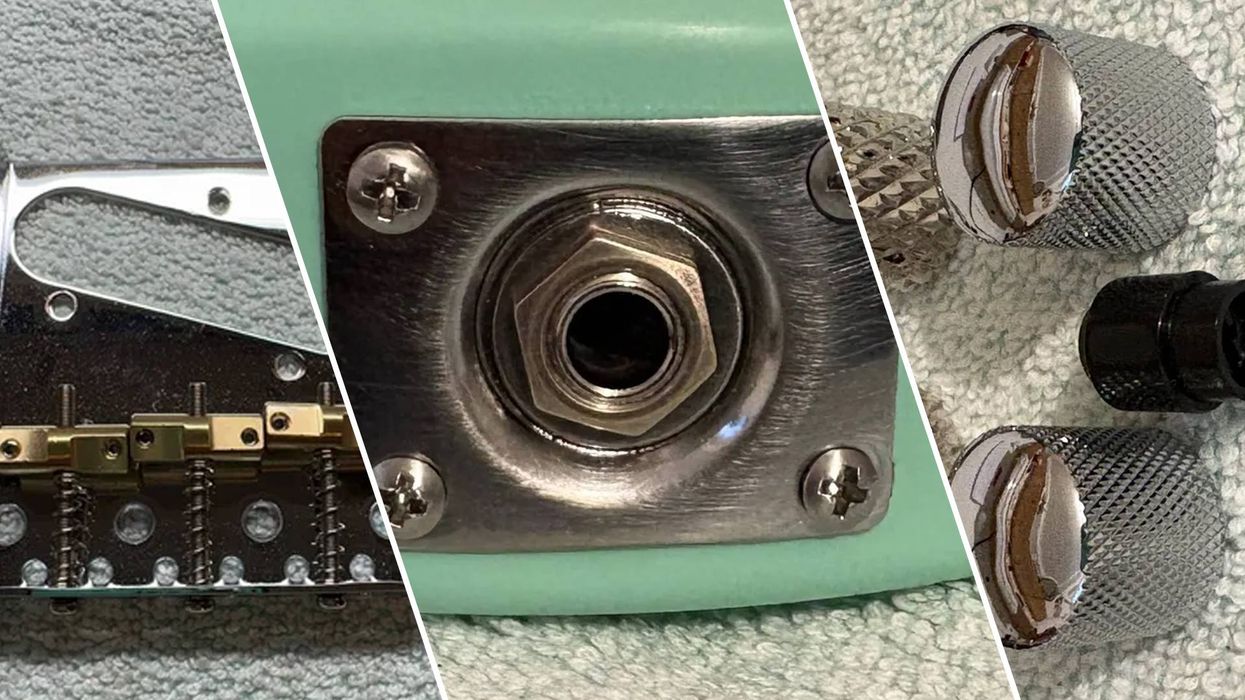In this month’s column, I’ll continue with more on speaker parameters. As previously stated, the goal is to help you use this data in selecting speakers and, for the increasing number of DIY’ers, designing your cabinets. Last month, we explored the origins of T/S parameters and discussed Fs, Re, Le and Zmax.
The Q parameters are very important in cabinet design. They represent measurements related to the control of a speaker’s suspension when it reaches the resonant frequency (Fs). They are expressed as Qms, Qes and Qts. The suspension must prevent any lateral motion that might allow the voice coil and pole (or core) to touch. The suspension acts as a shock absorber. Qms is the mechanical Q, which measures the control from the speaker’s mechanical suspension system, the surround and spider. Think of these components as springs. Qes is the electrical Q, which measures the control from the speaker’s electrical suspension, the voice coil and magnet. Opposing forces from the mechanical and electrical suspensions act to absorb shock. Qts is the total Q of the speaker and is derived from an equation where Qes is multiplied by Qms. The result is divided by the sum of the same.
This value can be used as a general guideline in selecting the optimal enclosure type. A Qts of 0.4 or below indicates a speaker well-suited to a vented enclosure. A Qts between 0.4 and 0.7 indicates suitability for a sealed enclosure. A Qts of 0.7 or above indicates suitability for free-air, semiopen back or infinite baffle applications. However, there are certainly exceptions and you should consider all the parameters.
Cms is the force exerted by the mechanical suspension of the speaker. Simply stated, it is the compliance or stiffness of the cone surround and spider, measured in meters per Newton. Considering stiffness (Cms) in conjunction with the Q parameters gives rise to the kind of subjective decisions made by car manufacturers when tuning cars between comfort and precision. Think of the peaks and valleys of audio signals like a road surface and then consider that the ideal speaker suspension is like a car suspension that can traverse the rockiest terrain with racecar precision and sensitivity at the speed of a fighter plane. It’s certainly a challenge! Focusing on one parameter can have a detrimental effect on the others. It’s much like sacrificing one tonal characteristic for another. For example, if you want increased low end, you can expect to give up some output or sensitivity.
Vas represents the volume of air that, when compressed to one cubic meter, exerts the same force as the compliance (Cms) of the suspension. Vas is tricky to measure because air pressure changes relative to humidity and temperature. A precisely controlled lab environment is essential. Basically, Vas shows how much spring the speaker has relative to its surface area. This parameter is useful in determining the enclosure volume, but (dissolving a common misconception) it is not the volume required for the enclosure.
Xmax is the maximum amount of linear excursion expressed in mm. It is measured in one direction of travel. Eminence has always been conservative on this and indicates it by subtracting the top plate thickness from the voice coil winding height and dividing by two. This represents the overhang of voice coil wire on either side of the magnetic gap. As the voice coil begins to leave the magnetic gap, the speaker output becomes non-linear. Although suspensions can create nonlinearity in output, the point at which the number of wire turns in the gap begins to decrease is when distortion starts to increase. Guitar speakers typically use shorter voice coil heights. One reason is that some distortion is often desirable.
Sd is the actual surface area of the cone, normally given in square cm.
Vd (no, it’s not something you caught in college) is the volume of air the cone will move, or the Peak Diaphragm Displacement Volume. It is calculated by doubling the Xmax then multiplying the result by Sd. It is expressed in cc. A higher Vd is more desirable for sub-bass.
Mms is the combination of the weight of the cone assembly, plus the driver radiation mass load. The weight of the cone assembly is simply the sum of the weight of the cone assembly components. The driver radiation mass load is the weight of the air that the cone will have to push (amount calculated in Vd).
In the next issue, I’ll discuss Rms, Bl, EBP, usable frequency range, power handling, sensitivity and hopefully, begin introducing some box designing tips related to guitar applications.
Anthony “Big Tony” Lucas
is a guitarist and Senior Lab Technician at Eminence Speaker LLC, where he specializes in guitar-speaker design and customer support. Big Tony has been with Eminence for over 10 years and is responsible for many well-known guitar speaker designs.











![Rig Rundown: Russian Circles’ Mike Sullivan [2025]](https://www.premierguitar.com/media-library/youtube.jpg?id=62303631&width=1245&height=700&quality=70&coordinates=0%2C0%2C0%2C0)







